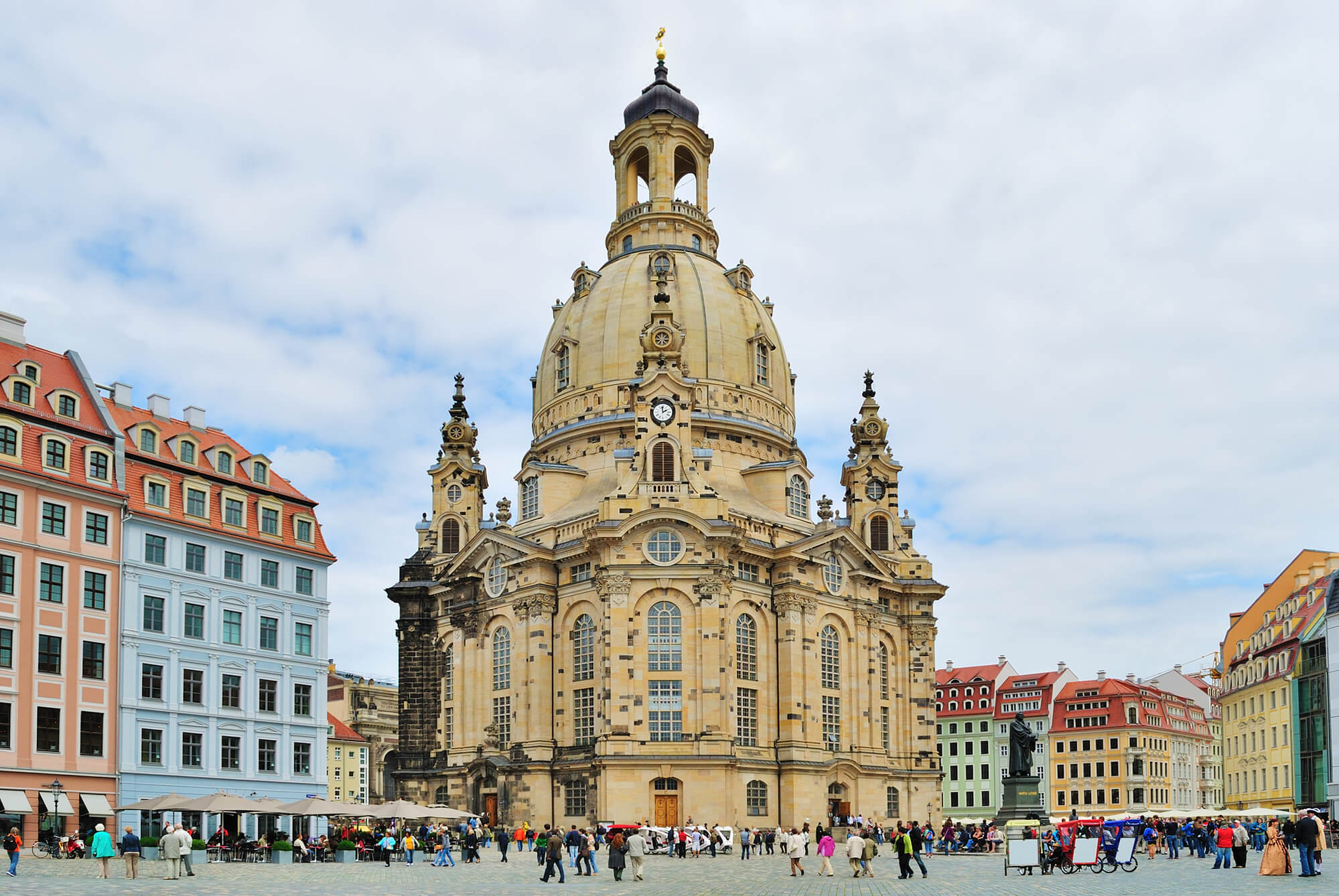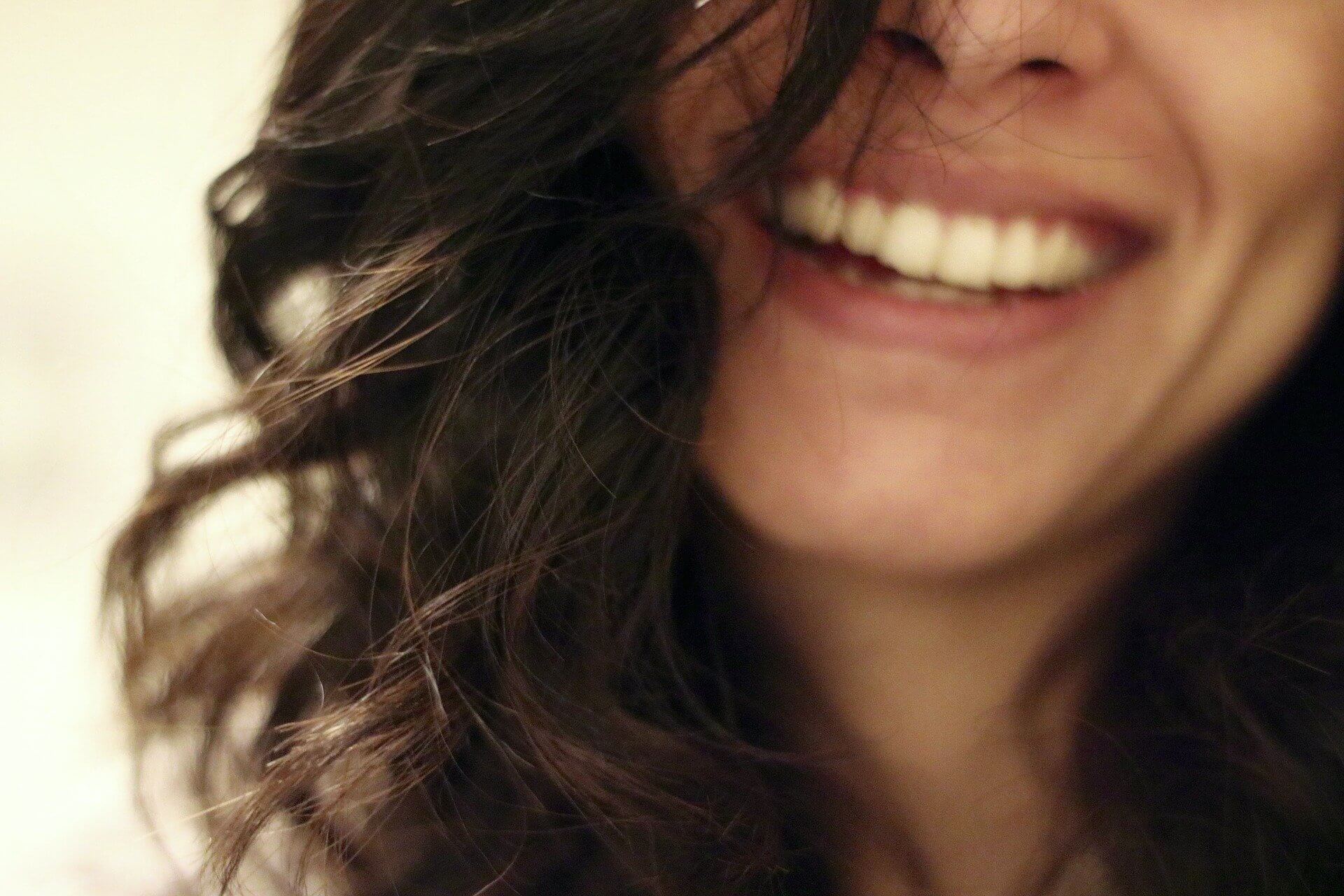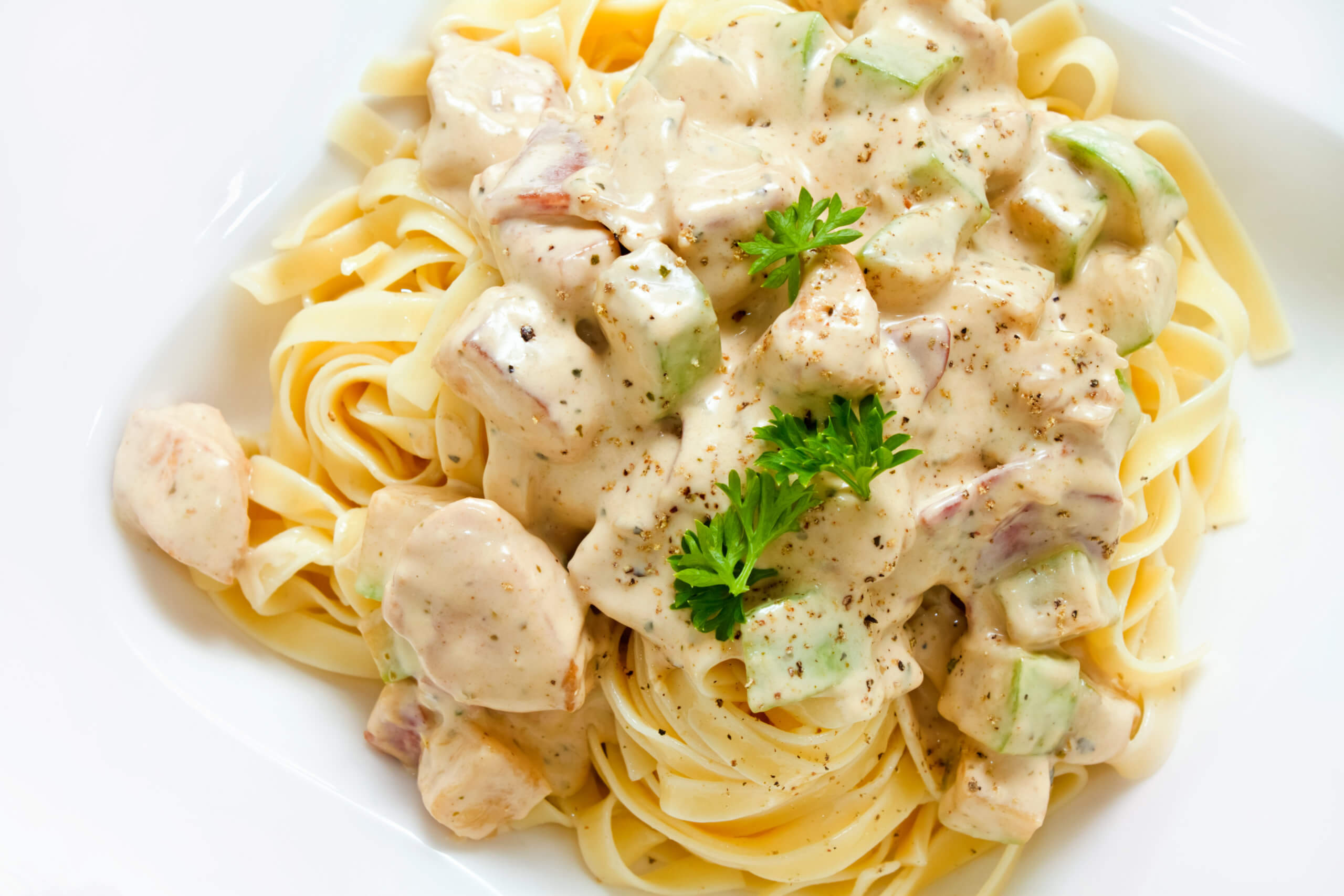Dresden is a historic city of deep significance since World War II. The target of some of the war’s most extensive bombing campaigns, Dresden wears the soot of a bygone era, and its tranquil, family-centered culture belies what once was a major stronghold and locational think-tank of Nazi Germany.
Today, there’s much to see in Dresden. It has beautiful views from high heights, wonderful food, and plenty to enjoy on a budget. Let’s check out some of the best free things to do in Dresden for those traveling on a budget!
The Green Vault
On the first and second floors of the western area of the Dresdner Residenzschloss are the mind boggling treasure councils of the Saxony Electors.
The Green Vault was begun by Moritz of Saxony in the sixteenth century and reached out in the eighteenth century by Augusts II the Strong who transformed the loads into one of the world’s first open historical centers.
His expectation was to make a Gesamtkunstwerk (thorough fine art) to pass on influence and riches.
The Historical Green Vault is the name given to the reestablished eighteenth century loads on the primary floor, overflowing with around 3,000 masterworks in gold, ivory, silver and golden.
In the mean time the New Green Vault on the floor above is a different gallery focusing on crafted by the virtuoso goldsmith Johann Melchior Dinglinger, a most loved of Augustus II the Strong.
Fürstenzug
On the east side of the Residenzschloss, come around to the veneer of the Stallhof on Augustusstraße where there’s a porcelain painting 102 meters long.
This momentous fine art was at first painted in the principal half of the 1870s, and this picture was later supplanted by porcelain tiles during the 1900s to shield it from the components.
You couldn’t request a superior history exercise, as Fürstenzug records every one of the 35 leaders of the House of Wettin, from the margraves in the twelfth century through the Dukes and Imperial Electors and consummation with the Kings in the nineteenth century.
Dresden Porcelain Collection
The southern corridors of the Zwinger Palace are saved for state porcelain assortment, which was set up by Augustus II the Strong in 1715. You can wonder about a treasury of Chinese and Japanese porcelain gained in the eighteenth century.
There are pieces like Imari product, which was created for trade in the seventeenth and eighteenth hundreds of years, and china from the Ming (fourteenth seventeenth century) and Qing (seventeenth twentieth century) traditions.
However, the historical center additionally exceeds expectations for its privately delivered Meissen porcelain, including dolls, a table set having a place with Frederick Augustus III and vessels adorned with Rococo and oriental themes.
There are more than 20,000 bits of the assortment, however just presentation space for 10% of that, so the showcases are consistently refreshed.
Frauenkirche
Peaked by one of Europe’s biggest church vaults, the glorious Frauenkirche requests your consideration on Neumarkt. The first church was finished in 1743, after structures by the designer George Bähr who didn’t live to see it finished.
Frauenkirche was completely demolished in 1945. From the start its rubble was left in Neumarkt as a war commemoration, however it was in the end moved to capacity during the 1980s to get ready for a future recreation.
This was at long last started in 1994, utilizing a great deal of the protected material (3,500 individual stones), and work was finished in 2005. The new overlaid cross and circle on the vault were fashioned in London as a motion of compromise, while the harmed previous cross can be found to one side of the congregation’s new special stepped area.
Zwinger Palace
One of Germany’s most commended Baroque buildings, the Zwinger was requested by Saxon Elector Augustus II the Strong in the late sixteenth century as a space for sumptuous court merriments.
The work was finished in the mid eighteenth century by the court designer Matthäus Daniel Pöppelmann and the artist Balthasar Permoser.
What started as an orangery gradually developed into a complex of lavishly ornamented structures and gardens, disregarded by exhibitions fixed with balustrades and statues.
One of numerous showy components is the Nymphenbad (Nymph’s Bath), a wellspring in an empty encased by models of sprites that are set in specialties and delegated the balustrade.
The Zwinger’s structures have exhibition halls dependent on the state assortments, and we’ll go to the best one next.
Gemäldegalerie Alte Meister
The Zwinger’s Sempergalerie houses one of the world’s exceptional assortments of Italian, Spanish, Dutch and Flemish Renaissance craftsmanship.
The assortment was begun by Augustus I in the sixteenth century, yet truly came to fruition in 1746 during the rule of Augustus III when a major lump of the Duke of Modena Francesco III’s assortment was bought.
So set yourself up for a dining experience of craftsmanship by Vermeer, Rembrandt, van Eyck, Titian, Raphael, Giorgione, Lucas Cranach the Elder, Hans Holbein the Younger , El Greco, Zurbarán, Canaletto, van Dyck, Rubens, the rundown goes on.
Around 750 works of art are displayed at once, a little more than 33% of the assortment.
Semperoper
Named after its designer Gottfried Semper and opened in 1878, Dresden’s brilliant drama house is one of the world’s most regarded performing expressions settings.
This was the subsequent show house at this area, after the primary torched in 1869. Semper had additionally structured the first one, which was finished in 1841. The sublime Neo-Baroque/Italian Renaissance corridor was gutted during the war and revived in the mid-1980s.
On the exterior search for the statues of Goethe, Schiller, Shakespeare, Molière, Euripides and Sophocles.
In the nineteenth century the Semperoper arranged world debuts for dramas by Wagner and Richard Strauss (Elektra, Salome, Der Rosenkavalier). On the off chance that you can’t get an exhibition, there are guided voyages through the abundant inside in English and German for the duration of the day at 15 to 30-minute interims.
Albertinum
On Brühl’s Terrace, the Renaissance Revival Albertinum was built during the 1880s as a home for the illustrious figure assortment.
Presently, just as containing the “Skulpturensammlung” the structure holds the New Masters Gallery, for contemporary works obtained after 1843. The New Masters Gallery is a’s who of European workmanship up to the Second World War, stacked with works by Romantic (Friedrich, Richter), Impressionist (van Gogh, Monet), Symbolist (Klimt, Munch) and Expressionist painters (Klee, Kirchner). The Skulpturensammlung has over five centuries of figure, from Classical Antiquity to the 21st century through any semblance of Rodin, Degas and Lehmbruck.
Dresden Cathedral
After the Albertine Wettins changed over to Catholicism under Augustus II the Strong to make them qualified for the Polish position of authority in the eighteenth century they set about structure another court church.
By the Elbe on the western finish of Brühl’s Terrace, it was planned in an Italian Baroque style by the Rome-conceived draftsman Gaetano Chiaveri.
The congregation just increased church building status during the 1960s, and was another of Dresden’s landmarks to be restored after the war.
Taking all things together, 49 individuals from the Albertine line of the Wettin Family are covered in the sepulcher, including Augustus I, Augustus III and the entirety of the nineteenth century Kings of Saxony, just as the core of Augustus II the Strong.
The house of God holds the last overcomer of four organs planned by the ace Gottfried Silbermann in the mid 1750s.
Kunsthofpassage
In the Neustadt you may discover an entry through a chain of yards, all with unconventional structures.
Take the Hof der Elemente (Courtyard of the Elements), which has a tangle of drainpipes molded like instruments on the exterior.
At the point when it rains the water makes its own music.
Hof des Lichts (Courtyard of Light) has projection screens for interactive media exhibitions, just as well as metallic mirrors that enlighten the patio and toss masterful examples on the dividers.
Additionally look at Hof der Fabelwesen (Courtyard of Mythical Creatures), where the craftsman Viola Schöpe has decorated the dividers with artworks and artistic mosaics of odd animals.




